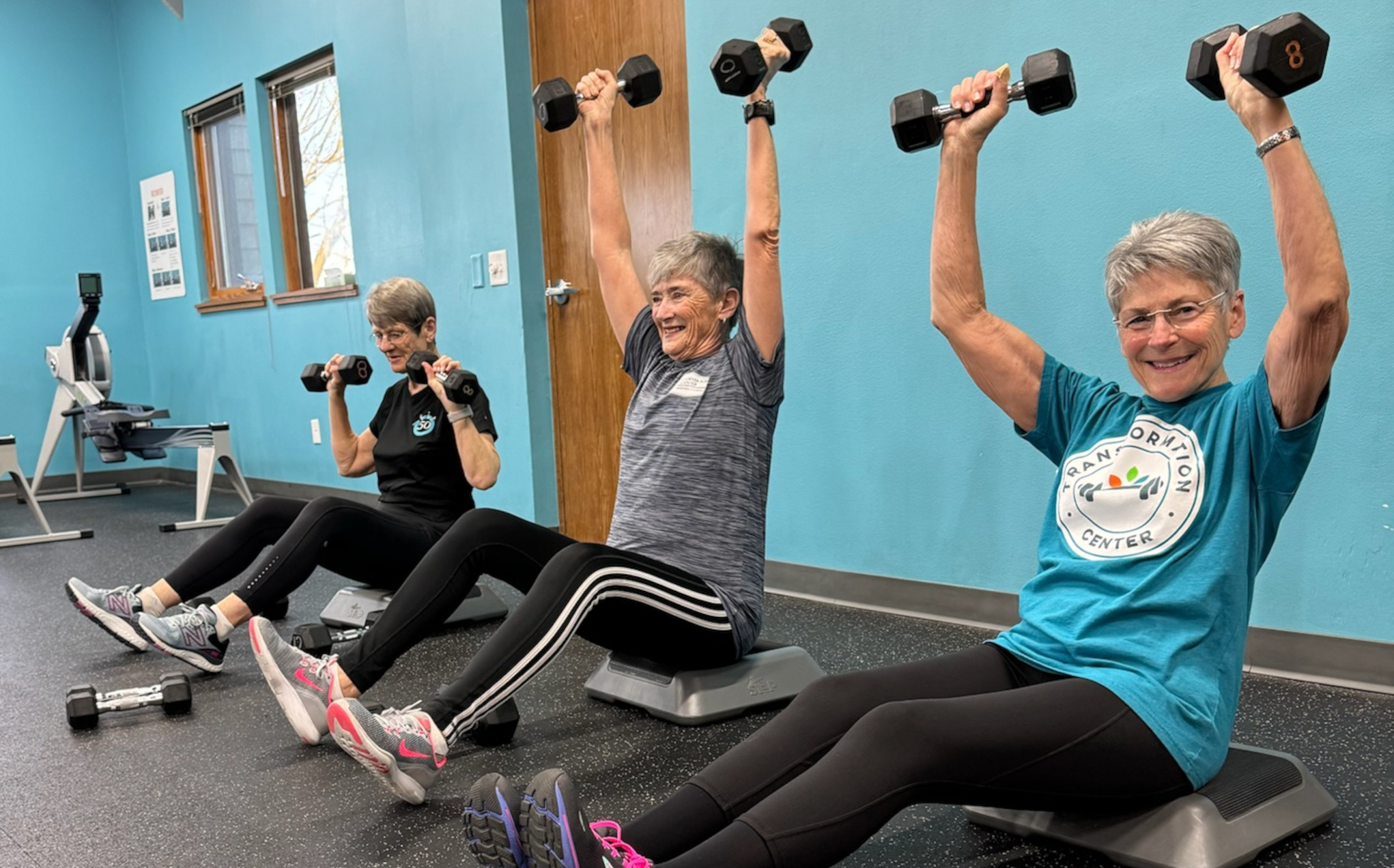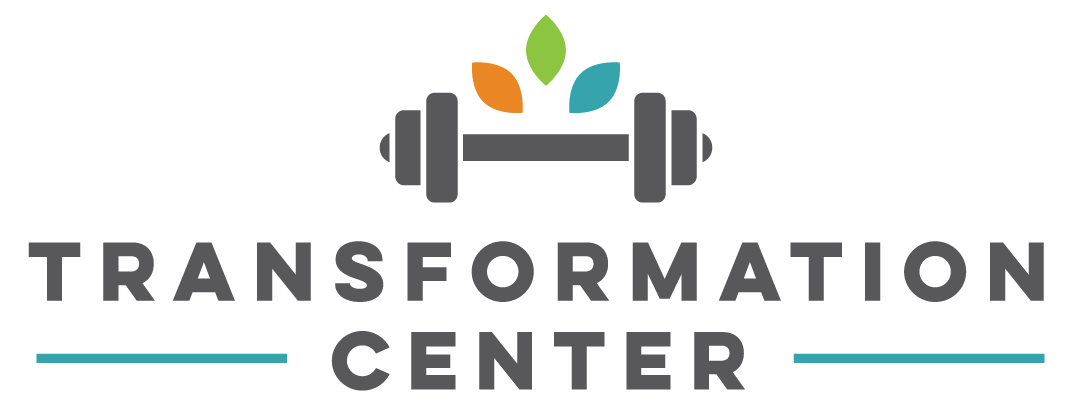
Have you ever asked yourself, “Is it possible to feel younger after 50?” or “What changes in my body make exercise more challenging as I age?” These thought-provoking questions are at the heart of the journey described in Younger Next Year by Chris Crowley, and they resonate with the scientific evidence on physiological changes that occur as we grow older.
Can you feel younger after 50?
According to Younger Next Year, consistent exercise and a healthy lifestyle can literally add years to your life—and life to your years. Scientific studies support this, showing that regular physical activity improves cardiovascular health, enhances muscle strength, and slows the loss of bone density, all of which contribute to feeling more youthful.
What changes occur in the body as we age?
As we age, muscle mass declines (a process known as sarcopenia) and our metabolism slows, making it harder to maintain energy levels. Additionally, reduced balance and decreased flexibility are common, increasing the risk of falls and injuries; however, these changes can be mitigated with proper strength and balance training.
How does exercise combat these changes?
Exercise helps rebuild muscle, boost metabolic rate, and improve joint mobility, turning back the clock on many age-related declines. Chris Crowley’s work emphasizes that even moderate, consistent activity can dramatically improve health markers and quality of life by keeping the body resilient and reducing chronic disease risks.
What role does nutrition play in feeling younger?
Nutrition is a critical partner to exercise, fueling the body with the nutrients needed for recovery, muscle repair, and energy production. Research shows that diets rich in lean proteins, antioxidants, and healthy fats not only support muscle maintenance but also combat inflammation and oxidative stress, further enhancing overall vitality.
How can you integrate recovery and mental wellness into your routine?
Recovery isn’t a luxury—it’s a necessity. Incorporating active recovery methods like stretching, yoga, or even leisurely walks, along with mindfulness practices to reduce stress, ensures that your body and mind are both rejuvenated and ready for each new challenge.
Actionable Steps for a Younger, Stronger You:
- Commit to Regular Strength Training: Aim for resistance exercises at least 2-3 times per week to combat muscle loss and boost metabolism.
- Embrace Balanced Nutrition: Include lean proteins, whole grains, and a rainbow of fruits and vegetables in every meal to fuel recovery and enhance energy.
- Prioritize Active Recovery: Dedicate days to gentle activities like yoga or stretching to keep your muscles flexible and prevent injuries.
- Build Mental Resilience: Consistently challenge your brain with new tasks, learn new material, and expand your thought processes to maintain cognitive sharpness. Additionally, practice mindfulness to reduce stress and boost mental clarity.
- Stay Consistent: Build a routine that fits your lifestyle—small, daily steps create long-lasting change.
Your body is a remarkable system that, with the right care, can defy many of the challenges associated with aging.
The insights from Younger Next Year remind us that by embracing exercise, proper nutrition, and mindful recovery, you can not only slow down the aging process but also enjoy a higher quality of life every day.
If you’re ready to embrace this holistic approach to health and transform your life after 50, we invite you to learn more about our Fit Over 50 program at The Transformation Center.
Join us for our special 10-year celebration event on March 15th from 8:30am to 11:30am, featuring free demo classes and a historic presentation. Share this blog with a friend who needs to know that age is just a number—and together, let’s build a healthier, happier Madison!
Sources
- Crowley, C. & Lodge, H. (2004). Younger Next Year: Live Strong, Fit, Sexy, and Smart—Until You’re 80 and Beyond.
- Wolfe, R.R. (2006). The underappreciated role of muscle in health and disease. The American Journal of Clinical Nutrition, 84(3), 475-482.
- Additional peer-reviewed studies on sarcopenia, metabolic rate, and the benefits of exercise in aging populations.

Recent Comments